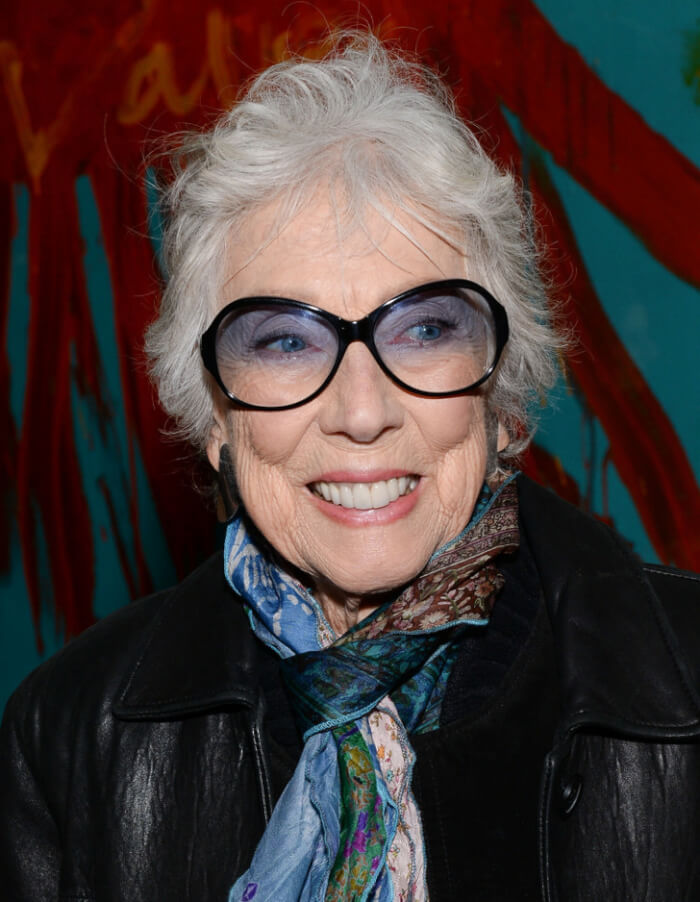Big Eyes is a weird biopic in the sense that it has a strange fantastical feel to its ambiance.
This is pretty obvious when you think about, Tim Burton being behind the movie. Tim Burton’s phantasmagorical images amplify the creepiness of the big eyes portraits.
Based on the real-life story of American artist Margaret Keane and how her second husband, Walter Keane, steal credits for her work. Margaret is phenomenally famous for her paintings of people with big eyes. Hence the title.
The movie won multiple awards, is critically acclaimed, and is a box office success, earning twice its budget. Which is rare for the genre.
But what is the real-life inspiration for the movie? Sit down with us for a detailed recap of the biggest tragedy of one of America’s most influential artists of her time, Margaret Keane.
Her paintings generally depicted children or animals with large eyes and sad faces. This gives her a distinguished style from other popular artists of the period. Margaret had divorced her previous husband and relocated to San Francisco, California, during this period.
Their marriage, however, was not so amicable. Walter was highly jealous and controlling, and Margaret was often forced to paint even when she did not want to. No matter what, Walter always made certain that Margaret continued to paint without interference as he worked. She had little recognition for her efforts at this time.
Walter stated that the orphans he encountered on his travels motivated him. Margaret's work was quickly incorporated and mass-produced into designs. Although the public was fascinated by the unusual and emotional paintings, they received harsh reactions from experts.
What Margaret didn't realize, but would later discover, was that her husband was stealing credits for her work, resulting in years of court fights.
Their marriage ended after ten years. Margaret uncovered Walter's deception during a radio appearance in the 1970s. Walter released a statement in the 1980s alleging that his ex-wife was lying, and she sued him for defamation.
In less than an hour, she showed everyone who was following the case a painting that corroborated her claim ten years before. Margaret won the claim and the $4 million in compensation.
However, because Walter had squandered the whole fortune, she was unable to retrieve any of the money she had acquired from her own efforts during the years-long hoax. He, for his part, maintained that he was the genuine author of the paintings until his death in the 2000s.
The film was nominated for two BAFTA Awards and another Critics Choice Award for Best Music. Amy Adams' performance earned her a Capri Actress Award and a Golden Globe.
When questioned about the film, Margaret replied that it was quite true in describing what happened in real life, and she thought it was fantastic.
Of course, the movie dramatized the truth in various ways. In the film, Walter never attempted to paint the sold paintings. In reality, he did, but he was unsuccessful.
Another was that no one visited the couple's mansion in the film. The real Walter loved to entertain local high society and even celebrities at his home. They couldn't get inside Margaret's studio, where she painted for roughly 16 hours a day. As a result, she was never seen.
This is pretty obvious when you think about, Tim Burton being behind the movie. Tim Burton’s phantasmagorical images amplify the creepiness of the big eyes portraits.
Based on the real-life story of American artist Margaret Keane and how her second husband, Walter Keane, steal credits for her work. Margaret is phenomenally famous for her paintings of people with big eyes. Hence the title.
The movie won multiple awards, is critically acclaimed, and is a box office success, earning twice its budget. Which is rare for the genre.
But what is the real-life inspiration for the movie? Sit down with us for a detailed recap of the biggest tragedy of one of America’s most influential artists of her time, Margaret Keane.
#1 Her budding career
 Source: © Big Eyes/ The Weinstein Company and co-producers
Source: © Big Eyes/ The Weinstein Company and co-producers
Her paintings generally depicted children or animals with large eyes and sad faces. This gives her a distinguished style from other popular artists of the period. Margaret had divorced her previous husband and relocated to San Francisco, California, during this period.
#2 Her second marriage to Walter Keane
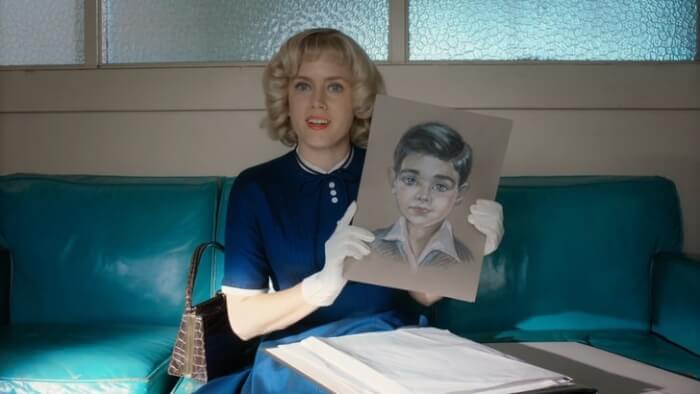 Source: © Big Eyes/ The Weinstein Company and co-producers
Source: © Big Eyes/ The Weinstein Company and co-producers
Their marriage, however, was not so amicable. Walter was highly jealous and controlling, and Margaret was often forced to paint even when she did not want to. No matter what, Walter always made certain that Margaret continued to paint without interference as he worked. She had little recognition for her efforts at this time.
#3 Her husband’s marketing and subsequent success
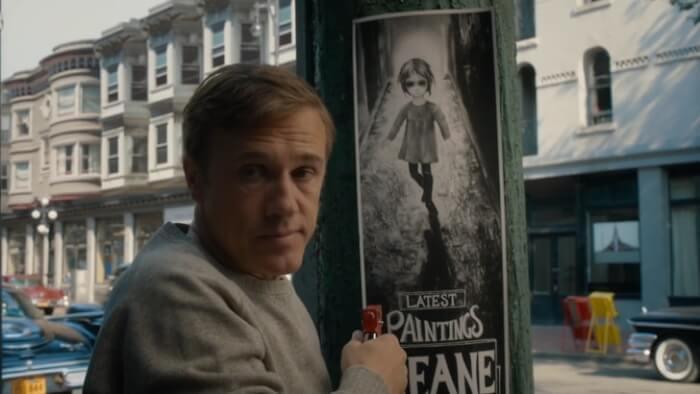 Source: © Big Eyes/ The Weinstein Company and co-producers
Source: © Big Eyes/ The Weinstein Company and co-producers
Walter stated that the orphans he encountered on his travels motivated him. Margaret's work was quickly incorporated and mass-produced into designs. Although the public was fascinated by the unusual and emotional paintings, they received harsh reactions from experts.
What Margaret didn't realize, but would later discover, was that her husband was stealing credits for her work, resulting in years of court fights.
#4 Her discovery of the ruse
 Source: © Big Eyes/ The Weinstein Company and co-producers
Source: © Big Eyes/ The Weinstein Company and co-producers
Their marriage ended after ten years. Margaret uncovered Walter's deception during a radio appearance in the 1970s. Walter released a statement in the 1980s alleging that his ex-wife was lying, and she sued him for defamation.
#5 Her proving she was the author of her own art.
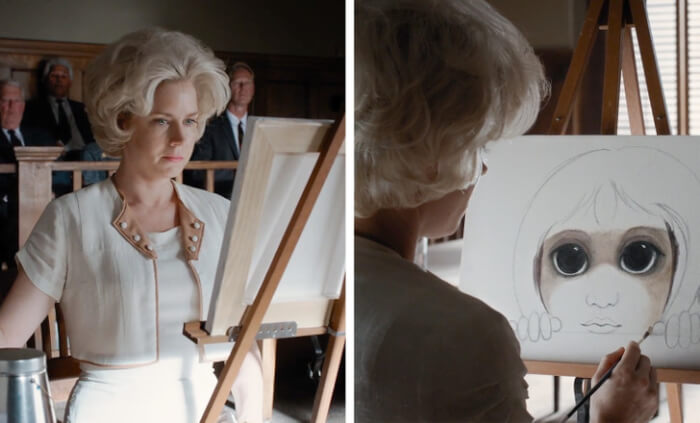 Source: © Big Eyes/ The Weinstein Company and co-producers, © Big Eyes/ The Weinstein Company and co-producers
Source: © Big Eyes/ The Weinstein Company and co-producers, © Big Eyes/ The Weinstein Company and co-producers
In less than an hour, she showed everyone who was following the case a painting that corroborated her claim ten years before. Margaret won the claim and the $4 million in compensation.
However, because Walter had squandered the whole fortune, she was unable to retrieve any of the money she had acquired from her own efforts during the years-long hoax. He, for his part, maintained that he was the genuine author of the paintings until his death in the 2000s.
#6 In 2014, the world learned the story thanks to a film released
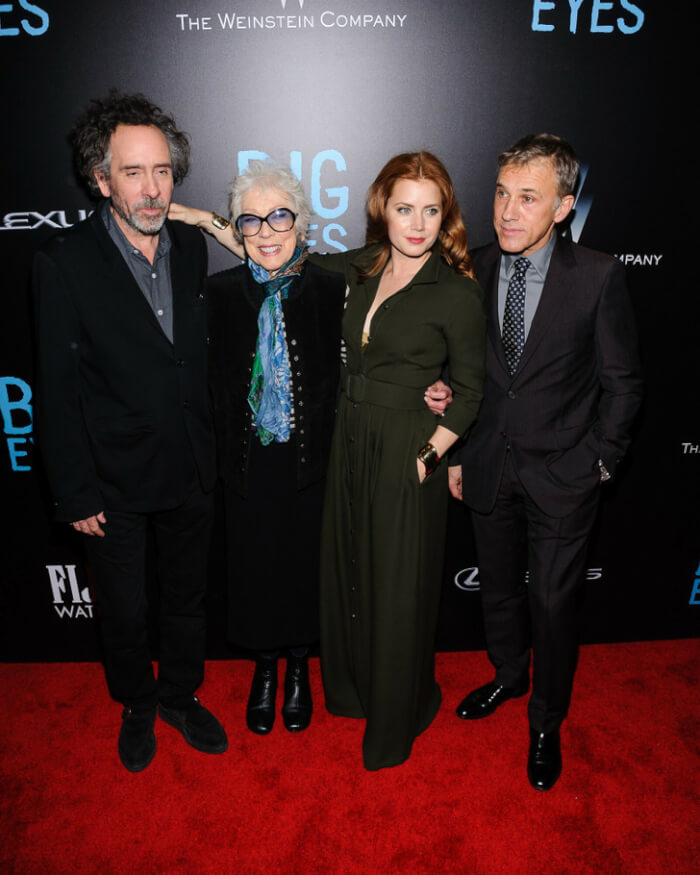 Source: © Mario Santoro/ AdMedia/ Sipa USA/ East News
Source: © Mario Santoro/ AdMedia/ Sipa USA/ East News
The film was nominated for two BAFTA Awards and another Critics Choice Award for Best Music. Amy Adams' performance earned her a Capri Actress Award and a Golden Globe.
When questioned about the film, Margaret replied that it was quite true in describing what happened in real life, and she thought it was fantastic.
#7 The differences between fiction and reality
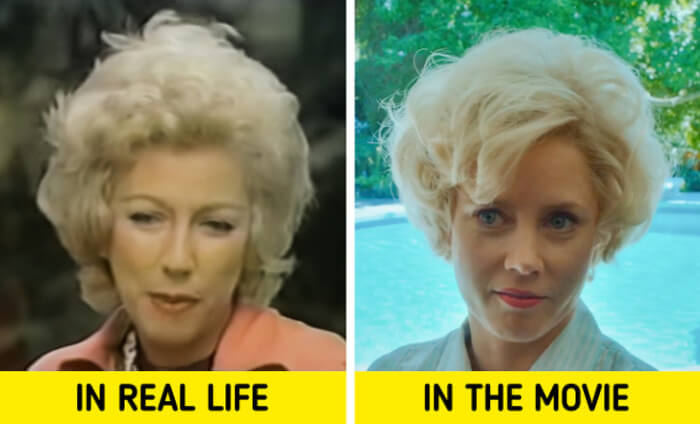 Source: © The Mike Douglas Show/ Westinghouse Broadcasting Company and co-producer, © Big Eyes/ The Weinstein Company and co-producers
Source: © The Mike Douglas Show/ Westinghouse Broadcasting Company and co-producer, © Big Eyes/ The Weinstein Company and co-producers
Of course, the movie dramatized the truth in various ways. In the film, Walter never attempted to paint the sold paintings. In reality, he did, but he was unsuccessful.
Another was that no one visited the couple's mansion in the film. The real Walter loved to entertain local high society and even celebrities at his home. They couldn't get inside Margaret's studio, where she painted for roughly 16 hours a day. As a result, she was never seen.
